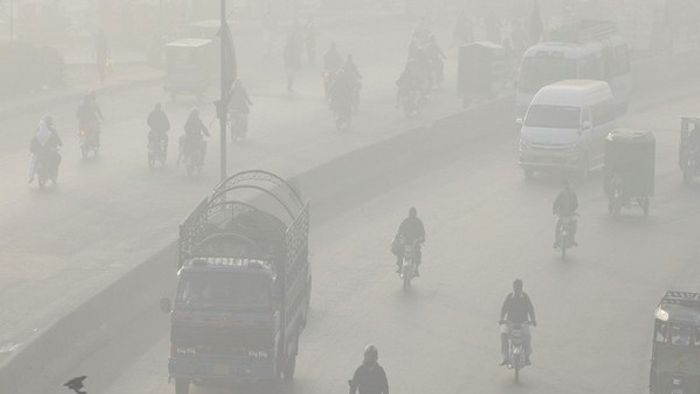Lahore becomes world's most polluted city as AQI nears hazardous 700 mark
Lahore's air quality has reached hazardous levels, marking it as the world's most polluted city. Authorities urge precautions as efforts to reduce pollution continue.

- Oct 27, 2024,
- Updated Oct 27, 2024, 1:43 PM IST
Lahore faces an air quality crisis as the city's Air Quality Index (AQI) nears the hazardous 700 mark, with a recorded AQI of 690 on Sunday, October 27, making it the world’s most polluted city, according to global monitors.
This extreme pollution has prompted urgent warnings from health authorities, advising residents to take precautions due to a rise in respiratory problems such as viral flu, sore throats, and persistent coughs.
Health experts urge the public to wear masks and goggles outdoors, minimize outside activities, and use air purifiers at home. The AQI report specifically recommends avoiding outdoor exercise, keeping windows closed, and using protective gear outside.
Experts attribute the winter pollution spike to seasonal weather patterns that trap pollutants close to the ground, intensifying smog and trapping harmful particles like carbon and smoke in the lower atmosphere.
Pollution sources include crop burning, industrial emissions, and waste incineration, exacerbating health risks as these particles linger throughout winter.
Concerns are mounting over the long-term effects on Lahore's population as the city grapples with persistent hazardous air quality.